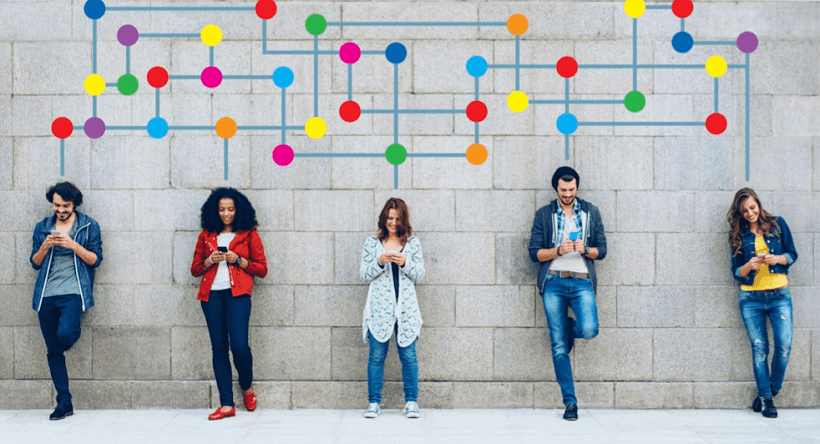The Cost Of Ignoring Millennial Learning Needs: Why Gen Y Needs To Be Treated Differently Than Other Generations
In 2015, Millennials surpassed Gen X [1] to become the largest working generation in the United States. Millennials, also known as Generation Y, are defined here as the generation born between the early 1980s and mid-1990s to early 2000s. As a result of their experience coming of age in the early 2000s, they’ve proven to have a very different set of motivations and workplace expectations than previous generations. Defining millennial learning needs has led to much discussion and debate among Learning and Development (L&D) professionals. What exactly are these needs? Are they really that different than the demands of older generations? Do organizations really need to adapt to meet Gen Y’s specific needs?
The answer to all of the questions above is “yes” – and here’s why.
1. Increase Employee Engagement
According to research from Gallup, only 29% of Millennials are engaged in their jobs [2], meaning they are “emotionally and behaviorally connected to their job and company”. L&D professionals understand that engagement is key for increasing knowledge retention and improving the overall effectiveness of their L&D programs – but what happens if engagement is ignored?
Bucketing millennial needs with those of other generations or ignoring them altogether can lead to all kinds of problems [3], including health and safety incidents, quality control issues, slow productivity, low profitability, and a lack of innovation. The future generation is here – the time is now to get to the root of the millennial engagement problem and to make the necessary changes required to resolve it.
2. Reduce Employee Churn
Although Deloitte’s 2017 survey found that loyalty among Millennials [4] seems to be increasing, Millennials have historically held a reputation for job hopping. Gallup reports that 21% of Millennials have changed jobs within the past year [5] and 60% are open to different job opportunities. Similarly, an interesting study by Qualtrics and Accel found that “Millennials refer to working for a company as ‘doing a tour’ [6] as if they were just blowing through town to earn a badge”.
This is a generation that will seek employment and jump at opportunities elsewhere if their needs are not met. The measurable cost of employee turnover [7] is high, and the negative impact of frequent employee churn can cause irreparable damage to an organization’s morale. Companies who wish to achieve positive business outcomes can’t afford to lose millennial talent so frequently.
3. Develop Leadership Talent
77% of organizations indicate that their leadership strategy [8] is only somewhat, or not at all, aligned with their business strategy. This is just one sign of a potential leadership shortage – the Stanton Chase Fourth Annual Global Industrial Survey also identifies “a shortage of leadership talent” as one of the top 3 challenges [9] impeding corporate growth.
Millennials will be leading organizations one day, and that day is approaching quickly. 33% of the US workforce became eligible for retirement [10] in 2015, with half of them holding leadership roles. Organizations who wish to outperform and outlast the competition must start developing leaders today and focus on preventing leaks in their leadership talent pipeline.
Meeting Multigenerational Learning Needs With Technology
New developments in learning technology have made it far easier to facilitate learning for multigenerational audiences with different needs. Learning technology is crucial for meeting millennial needs such as providing tailored professional development programs (e.g., using a skills and competencies module). A state-of-the-art Learning Management System that supports social and mobile learning can also help to increase flexibility in the workplace and encourage collaboration in learning.
Millennials are just the latest test to organizational adaptability – it’s time to embrace the fact that learning needs are always changing. Invest in the people, processes, and tools that will prepare your organization to adapt to such changes on an ongoing basis.
Footnotes:
- Millennials surpass Gen Xers as the largest generation in U.S. labor force
- How Millennials Want to Work and Live
- The Costs Of Ignoring Employee Engagement
- The 2017 Deloitte Millennial Survey
- How Millennials Want to Work and Live
- Work ReMixed
- The High Cost Of High Employee Turnover
- Study shows leadership development rated below average or poor in more than one-third of organizations
- 2017 Global Industrial Survey - Leadership in the Industrial Landscape
- Is Your Company Ready for the Leadership Shortage? [Infographic]









